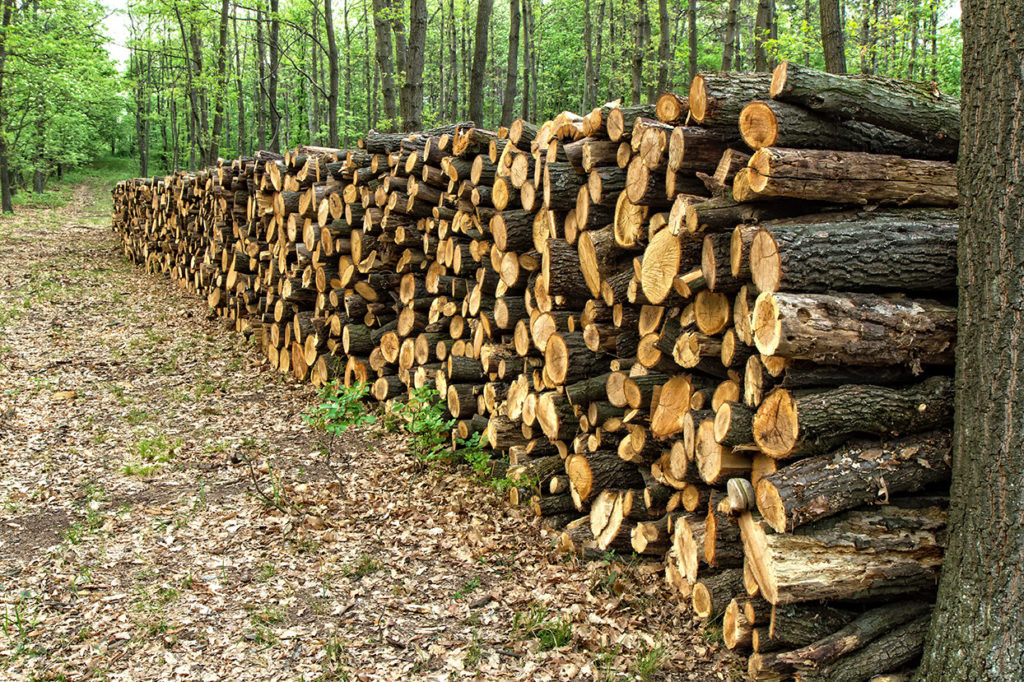Shelterwood Timber Harvesting Explained
Not every timber harvest technique works well for both large and small forested areas. A logging service needs to know which methods will produce the yield that the client wants. Shelterwood timber harvesting works extremely well for small farmers. If you want to spread out your harvest over a long period of time and sustain your forest in a controlled way, you might be interested in the shelterwood method.
What Is Shelterwood Cutting?
Unlike clearcutting, shelterwood cutting leaves a large percentage of mature trees standing. This method often takes multiple cuts to complete. The first round of tree cutting, known as a preparatory cut, removes undesirable species of trees. This also thins out the forest, allowing light onto the forest floor to make room for the desired trees to sprout. The second cut is a seed cut, and it allows for the desirable seeds to start to regenerate and further opens up the canopy to let in more light. Once the seeds take root, a final cut removes the mature trees to allow the new crop to grow.
Benefits of the Shelterwood Cutting Timber Harvest Method
This method continues to grow in popularity with small farmers because it allows them to more accurately control which species of tree thrives. They use shade to determine what species survive. If they want a tree with a higher shade tolerance, they keep more mature trees standing. This gives their species an advantage over the trees with lower shade tolerance.
This form of timber harvest also allows tree farmers to spread the harvest out over a longer period of time. Keeping a larger percentage of mature trees helps keep the ecosystem stable. It also looks much nicer than the devastating look of clearcutting.
Potential Drawbacks
Shelterwood cutting leaves rows of mature trees to provide shade and better dictate the new crop of trees. This leaves the mature trees more vulnerable to storms and the wind. They no longer have the support and shield of nearby trees to help keep them up.
The repeated tree cutting calls for more machinery brought onto the forest floor. This can compact the soil. Compacted soil allows less oxygen and water into it. This can deprive the new crop of trees of the nutrients they need to grow.
Logging Done Right at Turner Logging
If you want an experienced team to help in your timber harvest, then Turner Logging can help. For generations, our family has excelled at tree cutting and log cutting. We can improve your timber harvest. Contact Turner Logging today for more information.

